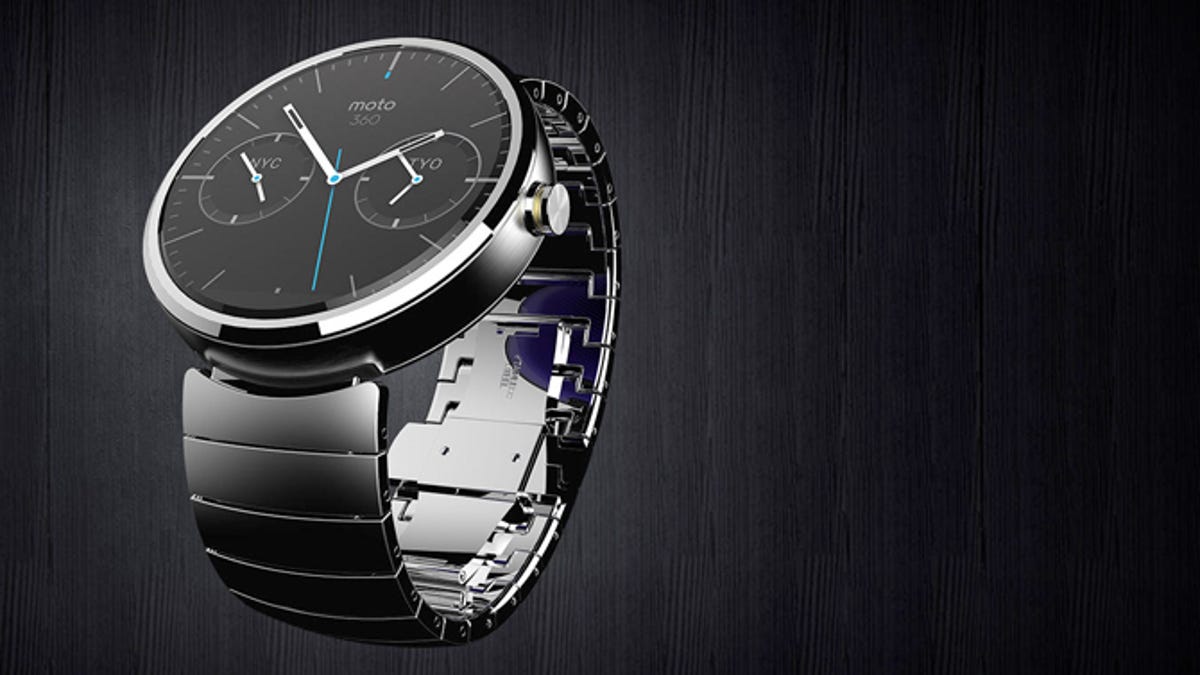
When it comes to preserving the integrity of the Android user experience, Google is becoming a lot more like Microsoft by using the launching point of platforms such as Android TV and Android Mobile to rein in its hardware partners.
Observing the three big digital ecosystem players over the past few years has been like watching a merry-go-round. Apple is chasing Google’s leadership in Web services. Google is chasing Microsoft’s software licensing ubiquity and enterprise strength, and Microsoft has been chasing Apple’s device margins and high-end personal device leadership.
The eternal chase results in changes. Some of these were apparent at the Worldwide Developers Conference, where Apple addressed some of the features that have been present in Android for years. These included its own take on widgets (re-architecting a feature that had once been only on the Mac), third-party keyboards, and “open” share sheets for handing off among apps.
Related stories
- At Google I/O, developers are all in
- Google shows off Samsung, LG, Motorola smartwatches
- Google: Next Android doubles app performance
- Google’s Material Design unifies user interface for Android, Web
But at Google I/O, the company responsible for Android broke an even more significant precedent when it announced that, as Android moved onto new platforms such as the TV and watches, its partners would not be able to customize the software interfaces as they had historically done on the handset. Google’s consolation prize was a new and improved visual identity called Material Design that would provide consistency from some of consumers’ largest screens (TVs) to the smallest (watches).
It’s true that Android now has such strong momentum that there’s hardly a viable alternative for many of its licensees when it comes to the handset. The most notable challenger, Windows Phone, also allows virtually no aesthetic customization. These kinds of encroaching limitations may help explain why Samsung and others are hedging their bets with an Android alternative in Tizen.
But there are other reason why Google may have decided not to extend customization to Android’s new frontiers. For one, while consumers generally have only one smartphone at any given point in time, they may have multiple watches or TVs in their home, so people are exposed to more interface inconsistency than in the past. In addition, these products — especially TVs — tend to have longer replacement cycles.
And that leads to a third reason. One reason to keep handsets open to customization is so that carriers can put their own stamps on handsets (assuming, of course, the device company allows that). But watches, and certainly TVs, are sold through retailers that mostly could not care about placing their stamp on a device.
Hardware partners may find the loss of control a tough concession, especially when brands such as Sony and LG stood to possibly tie together the look of their mobile Android products with their Android TV products. However, when one looks at some of the most frequent targets for their creativity — launchers and task switchers, for example — these won’t play as prominent a role on the new platforms as they do on smartphones and tablets.
With the software out of play, companies will need to focus more on attributes such as industrial design and components. An early look at the Moto 360 shows how an Android Watch can be visually distinct from competitors, while the Samsung Gear Live 2 includes a heart rate monitor. Most consumers were, at most, indifferent to the user interface tweaks of hardware companies. But now, Android purists won’t have to be limited to a Google edition or Nexus flavor of an Android TV or wearable experience.



